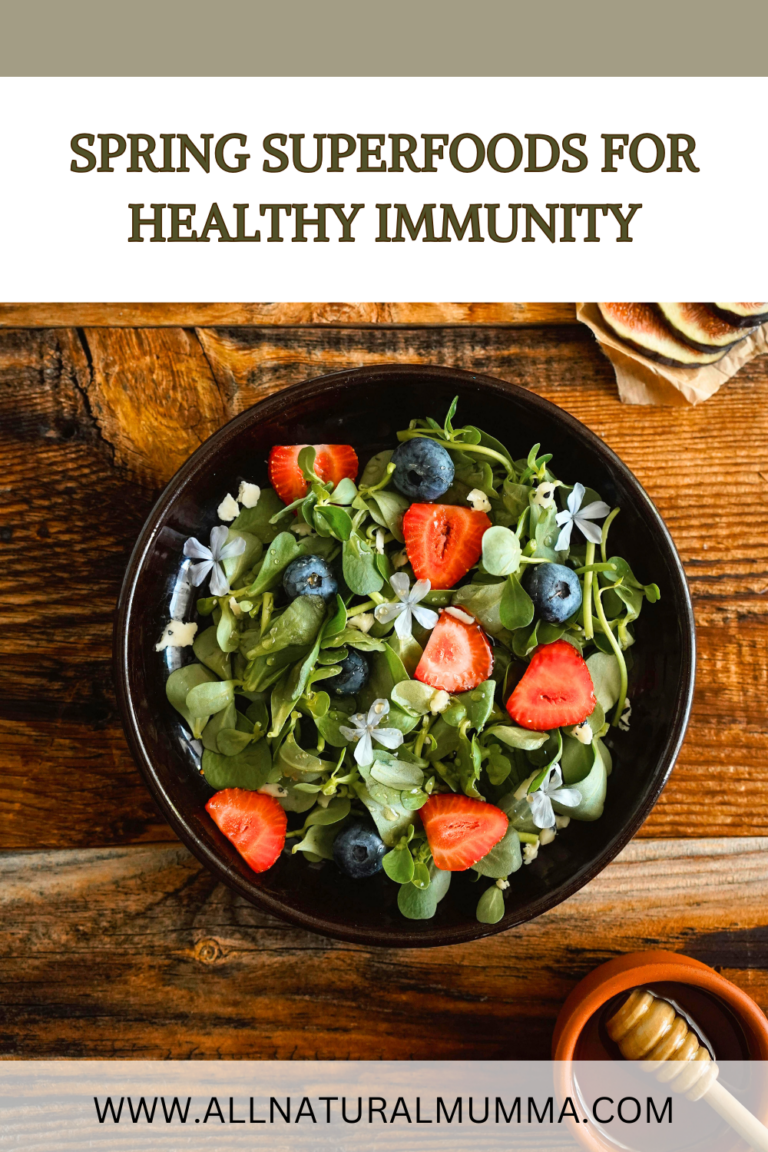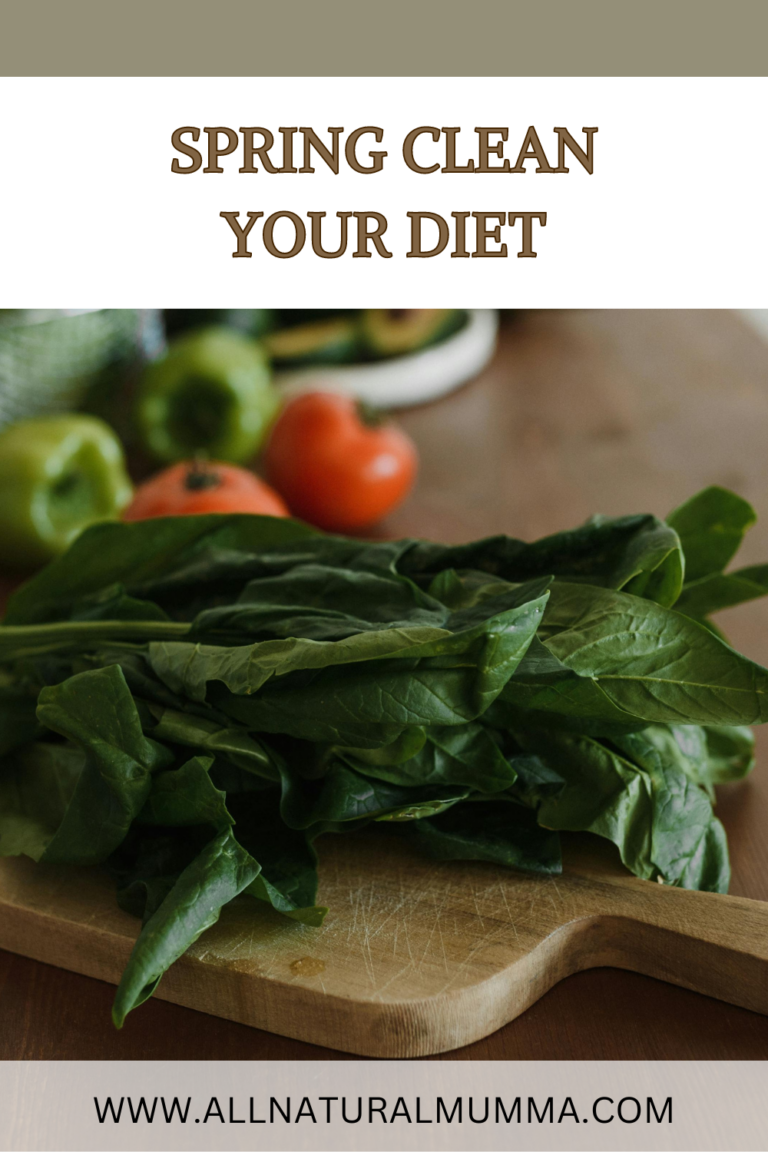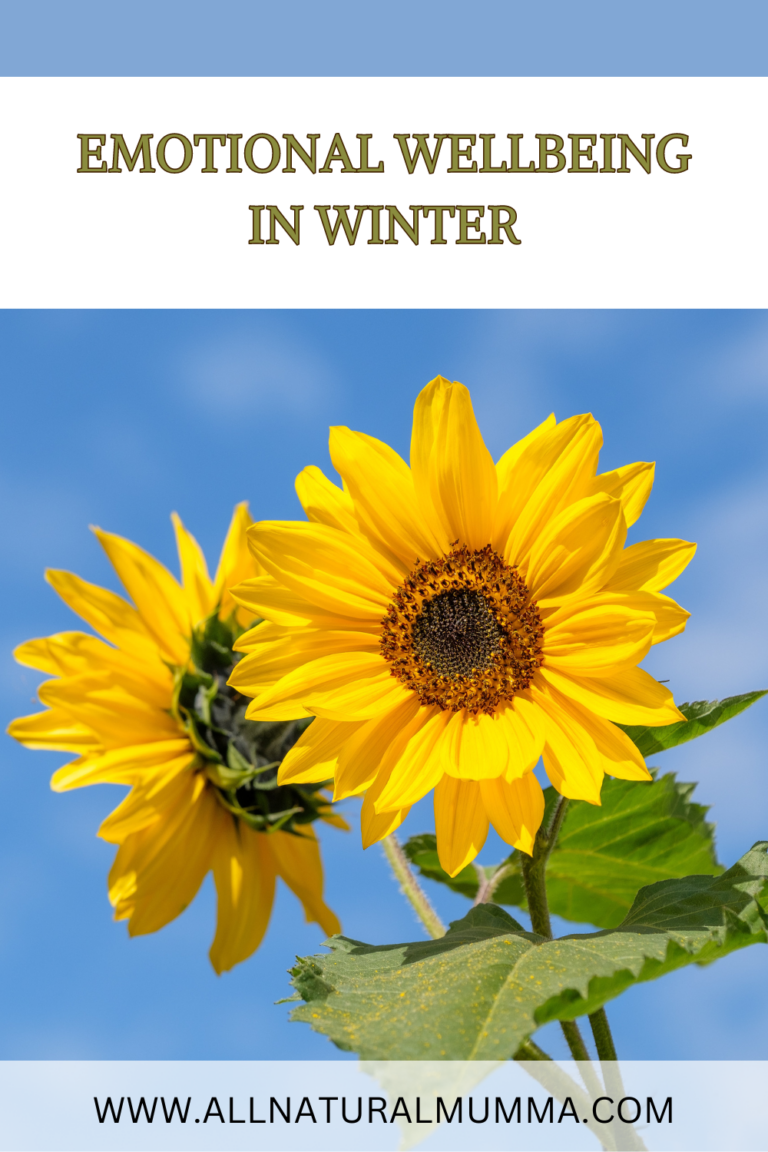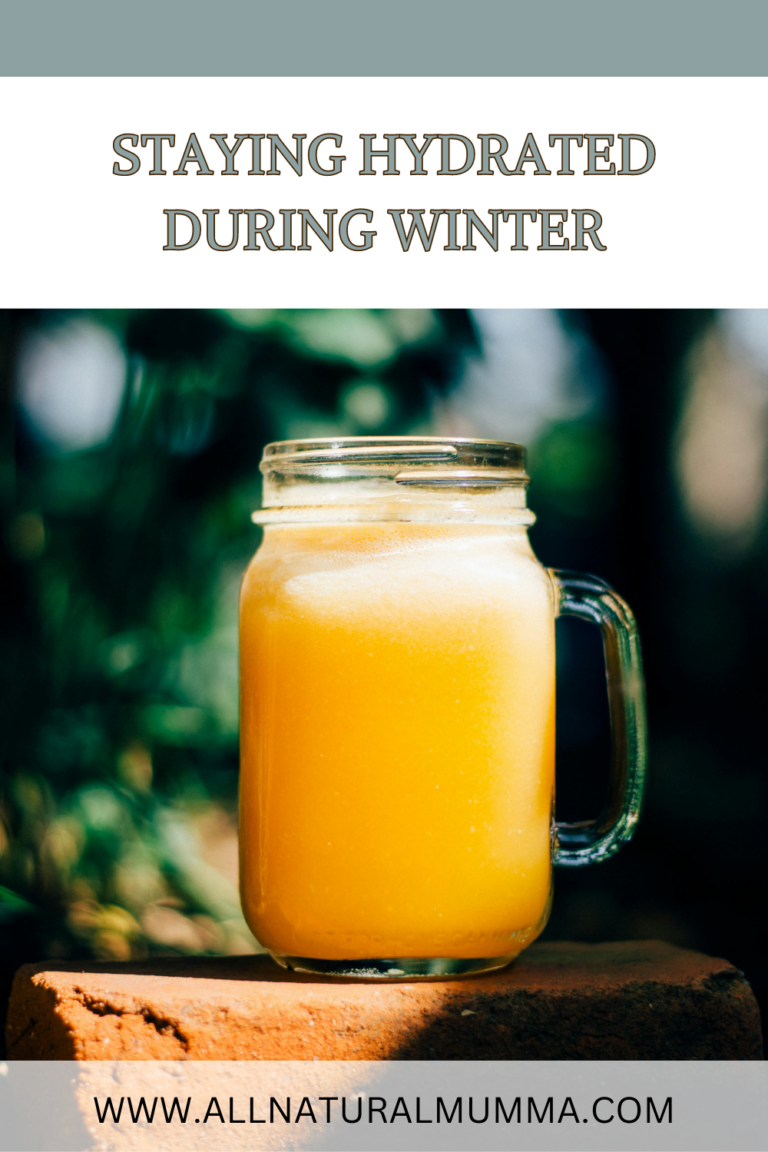As the season shifts from winter to spring, your skincare routine should bloom right along with it. Spring brings warmer weather, more sunshine, and often more time outdoors, all of which can impact your skin. Transitioning to a natural skincare routine can help keep your complexion glowing and healthy as you embrace the new season. Here are some tips to refresh your skincare and achieve that radiant spring glow.
EXFOLIATE GENTLY
Winter can leave your skin feeling dry and dull. Gently exfoliating once or twice a week removes dead skin cells and allows fresh, new skin to emerge. Opt for natural exfoliants like sugar scrubs, oatmeal, or apricot seed powder mixed with honey to nourish your skin as you exfoliate.
SWITCH TO A LIGHTER MOISTURISER
As the weather warms up, your skin may not need the heavy moisturisers you relied on during winter. Choose a lighter, natural moisturiser or a light oil like jojoba or rosehip, to keep your skin hydrated without feeling greasy. My new favourite is the Sandalwood Boswellia Firming Cream!
PROTECT WITH NATURAL SPF
Spring sunshine means more exposure to UV rays. Protect your skin with a natural sunscreen that contains zinc oxide, which offer broad-spectrum protection without harsh chemicals.
INCORPORATE ANTIOXIDANT-RICH SERUMS
Spring is the perfect time to add antioxidant-rich serums to your skincare routine. Ingredients like vitamin C, green tea, and rosehip oil can help protect your skin from environmental damage and keep it looking bright and youthful.
HYDRATE FROM WITHIN
Don’t forget that glowing skin starts from the inside out. Stay hydrated by drinking plenty of water and eating hydrating foods like cucumber, watermelon, and leafy greens.
By following these natural skincare tips, you can enjoy Spring with a fresh, radiant complexion that truly reflects the beauty of spring. Have you checked out my favourite brand’s skincare range yet? They sell a fantastic all-natural sunscreen too!














